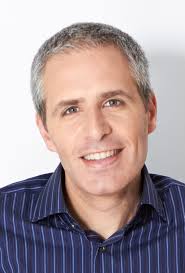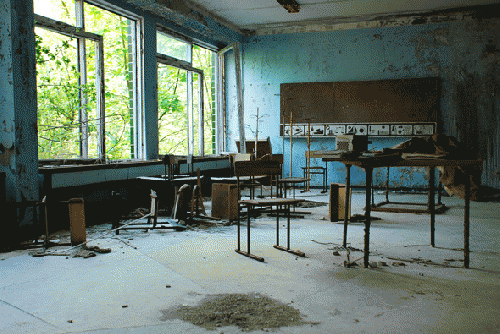Reprinted from Truthdig
Roads are crumbling, bridges require repairs, schools need upgrades and public pension systems remain underfunded. How can states and cities find the money to address any of these problems? One way could be through their tax codes.
According to a new report, if the rich paid the same state and local tax rate as the middle class, states and cities would have hundreds of billions of dollars more a year in public revenue.
Last month, the nonpartisan Institute on Taxation and Economic Policy found that the poorest 20 percent of households pay on average more than twice the effective state and local tax rate (10.9 percent) as the richest 1 percent of taxpayers (5.4 percent).
That preceded the new report from the left-leaning groups Good Jobs First and the Keystone Research Center, which finds that if tax laws were changed to compel the highest income earners to pay the same rate as everyone else, states and localities would rake in up to $128 billion a year in new revenue. If just the top 1 percent of earners were compelled to pay the typical middle-class tax rate, the report says the change would raise more than $68 billion in new annual revenues.
To put those numbers in context, consider that the price tag of other public priorities is just a fraction of the money that could be raised by equalizing tax rates. For instance, the report notes that free community college would cost $6 billion a year, and universal pre-kindergarten in all states would cost roughly $24 billion. Similarly, the report notes that the total annual price tag of backfilling public pension shortfalls is $30.5 billion. It also finds that five states that would reap the most revenue from equalizing tax rates -- Texas, Florida, Pennsylvania, Massachusetts and Ohio -- are among those with the largest pension shortfalls.
|
Rate It | View Ratings |
David Sirota is a full-time political journalist, best-selling author and nationally syndicated newspaper columnist living in Denver, Colorado. He blogs for Working Assets and the Denver Post's PoliticsWest website. He is a Senior Editor at In These Times magazine, which in 2006 received the Utne Independent Press Award for political coverage. His 2006 book, Hostile Takeover, was a New York Times bestseller, and is now out in paperback. He has been a guest on, among others, CNN, MSNBC, CNBC and NPR. His writing, which draws on his (more...)

OpEdNews depends upon can't survive without your help.
If you value this article and the work of OpEdNews, please either Donate or Purchase a premium membership.
If you've enjoyed this, sign up for our daily or weekly newsletter to get lots of great progressive content.
Most Popular Articles by this Author: (View All Most Popular Articles by this Author)
Tax the Corporations and the Rich or Take Draconian Cuts -- the Decision Is Ours
Bush Used the IRS, FBI, CIA and Secret Service to Go After Opponents -- Where Was the Fox and GOP Outrage?
GOP: Recession's Foreclosure Victims "Want a Homeless Life"
How the Trans-Pacific Partnership Gives Corporations Special Legal Rights
Busting myths that FDR prolonged Great Depression
To View Comments or Join the Conversation:





